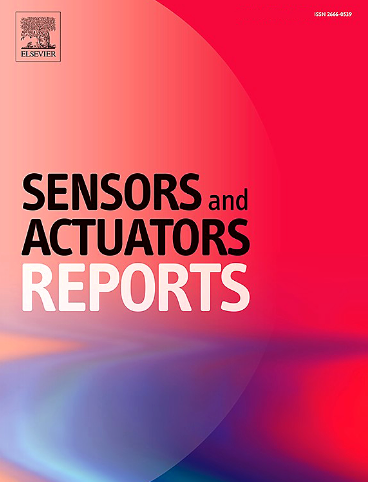Raman gas sensing technology: A new horizon?
IF 7.6
Q1 BIOTECHNOLOGY & APPLIED MICROBIOLOGY
引用次数: 0
Abstract
The question in the title alludes to the importance of comprehending the relevance and manner of operation in the field of gas sensors, which is undeniably one of the most important scientific and economic interests. Despite being superior to several commonly used techniques, such as infrared (IR) spectroscopy, Nondispersive IR (NDIR) and gas chromatography coupled with mass spectrometry (GC-MS), Raman spectroscopy-based gas sensors are yet to be widely explored for real-world applications. Given the weak Raman effect, numerous innovative strategies have emerged to improve its utility in chemical sensing, biological imaging, and material characterization, among other applications. This review covers five important approaches with a high potential for use in Raman-based gas sensors: spontaneous (SRS), stimulated (StRS), coherent anti-Stokes (CARS), surface-enhanced (SERS), and tip-enhanced (TERS) Raman scattering spectroscopy. The initial strategy of this review is to provide the in-depth foundational knowledge necessary for the reader to grasp several types of Raman techniques, their advantages and limitations. This is followed by an overview of current competing technologies and their applications. The remainder of the paper focuses on recent major experimental findings based on the Raman techniques and their practical applications. As a comprehensive introduction to Raman spectroscopy, this review article also serves as a knowledge base for future developments in the field of gas sensors.

拉曼气体传感技术:新地平线?
题目中的问题暗示了理解气体传感器领域的相关性和操作方式的重要性,不可否认,这是最重要的科学和经济利益之一。尽管拉曼光谱优于几种常用的技术,如红外(IR)光谱、非色散红外(NDIR)和气相色谱-质谱联用(GC-MS),但基于拉曼光谱的气体传感器尚未在实际应用中得到广泛探索。鉴于弱拉曼效应,许多创新策略已经出现,以提高其在化学传感,生物成像和材料表征等应用中的效用。本文综述了在基于拉曼的气体传感器中具有很高应用潜力的五种重要方法:自发(SRS)、受激(StRS)、相干反斯托克斯(CARS)、表面增强(SERS)和尖端增强(TERS)拉曼散射光谱。本综述的初步策略是为读者掌握几种类型的拉曼技术及其优点和局限性提供必要的深入基础知识。接下来是对当前竞争技术及其应用的概述。本文的其余部分重点介绍了基于拉曼技术及其实际应用的最新主要实验发现。作为对拉曼光谱的全面介绍,本文也为气体传感器领域的未来发展提供了知识基础。
本文章由计算机程序翻译,如有差异,请以英文原文为准。
求助全文
约1分钟内获得全文
求助全文
来源期刊

Sensors and Actuators Reports
Multiple-
CiteScore
9.60
自引率
0.00%
发文量
60
审稿时长
49 days
期刊介绍:
Sensors and Actuators Reports is a peer-reviewed open access journal launched out from the Sensors and Actuators journal family. Sensors and Actuators Reports is dedicated to publishing new and original works in the field of all type of sensors and actuators, including bio-, chemical-, physical-, and nano- sensors and actuators, which demonstrates significant progress beyond the current state of the art. The journal regularly publishes original research papers, reviews, and short communications.
For research papers and short communications, the journal aims to publish the new and original work supported by experimental results and as such purely theoretical works are not accepted.
 求助内容:
求助内容: 应助结果提醒方式:
应助结果提醒方式:


